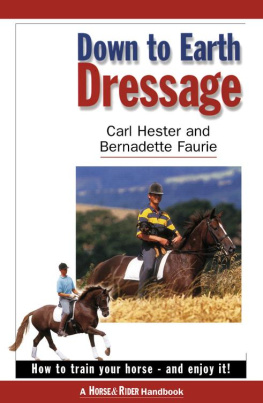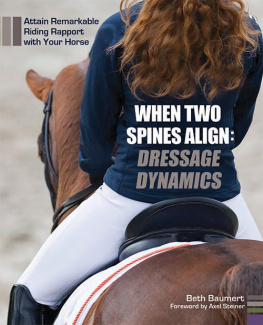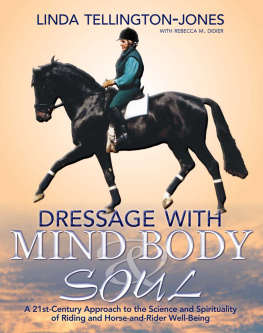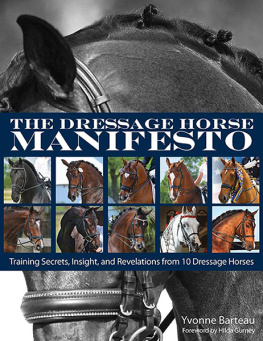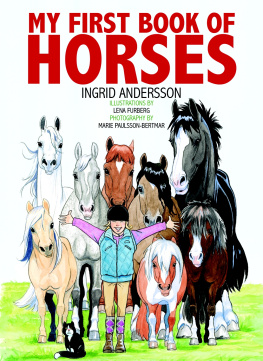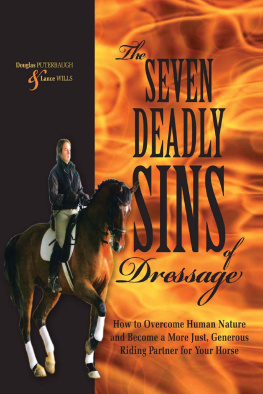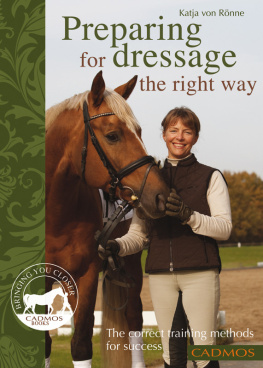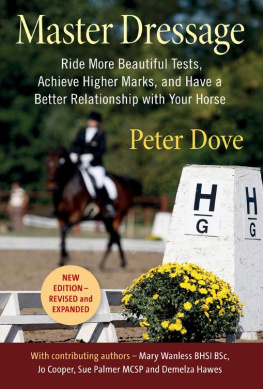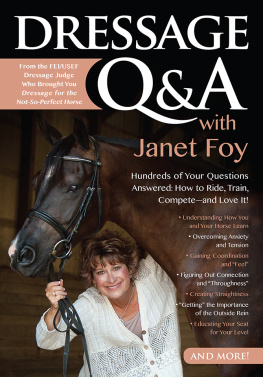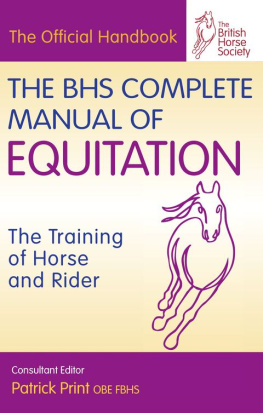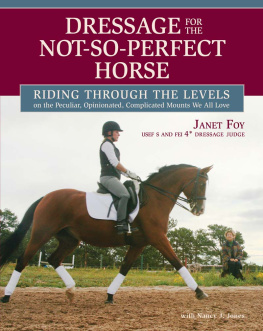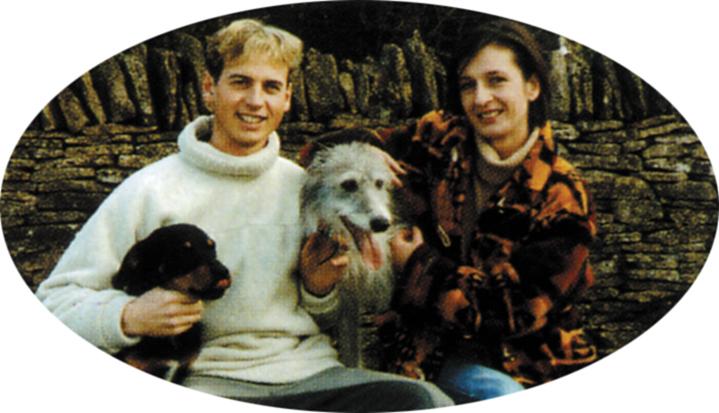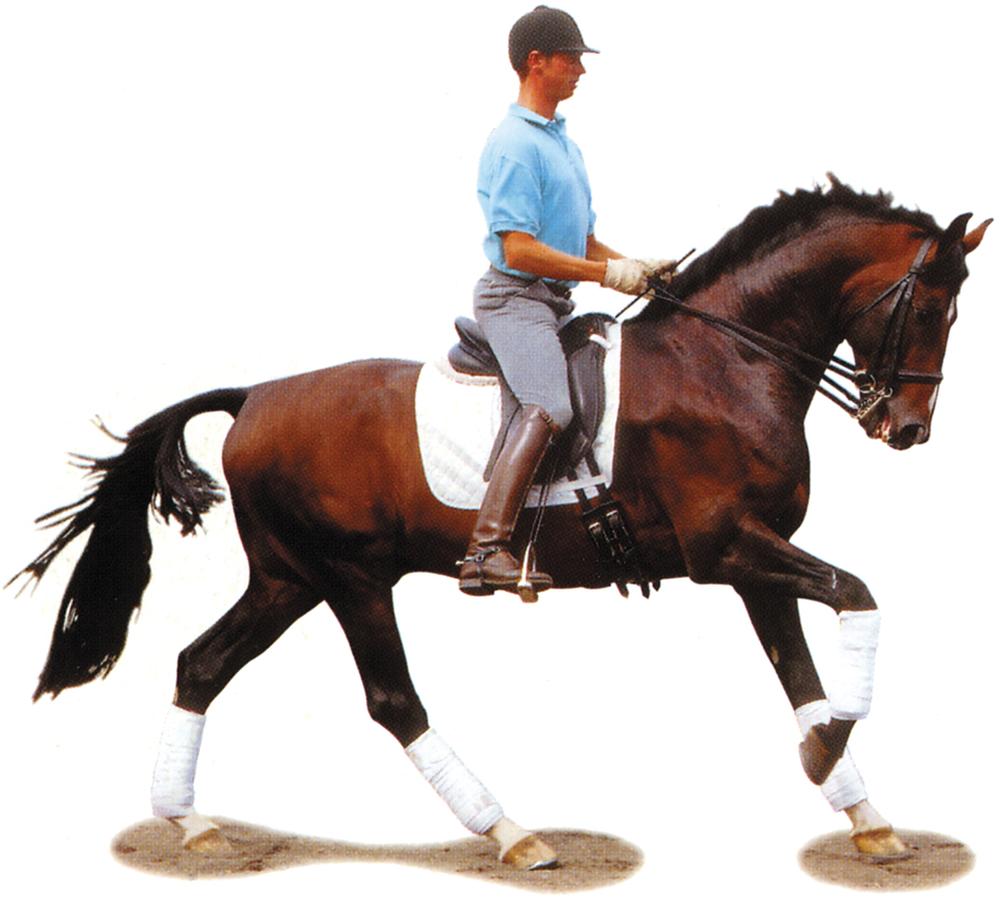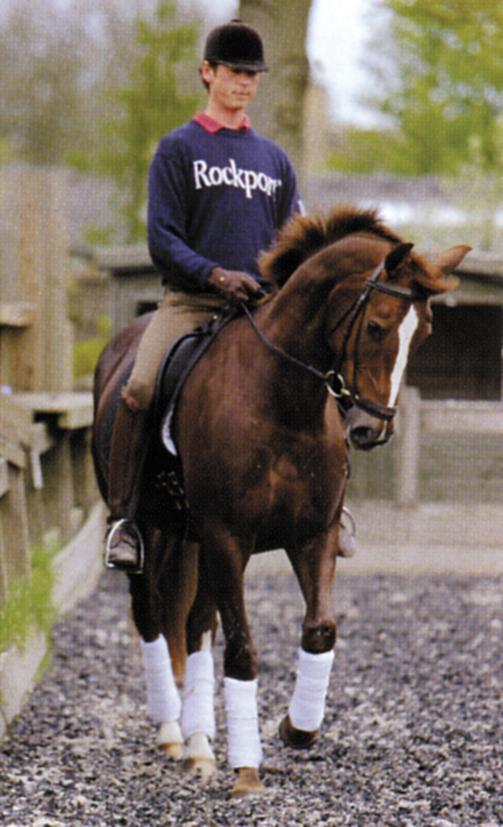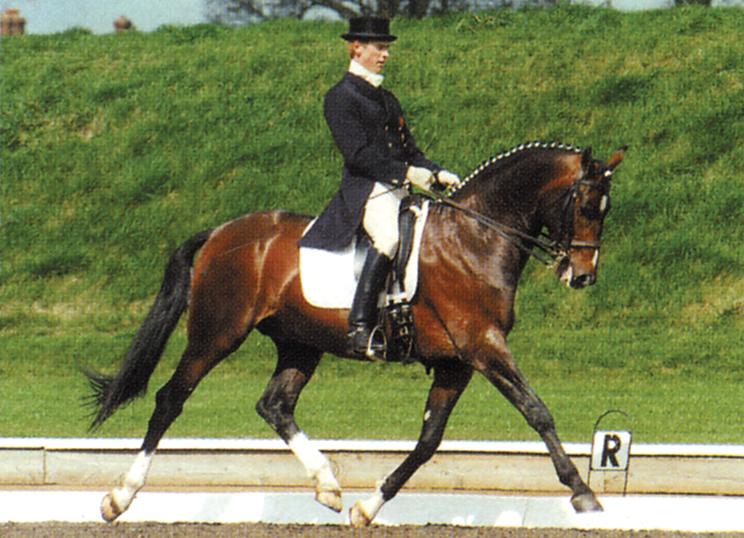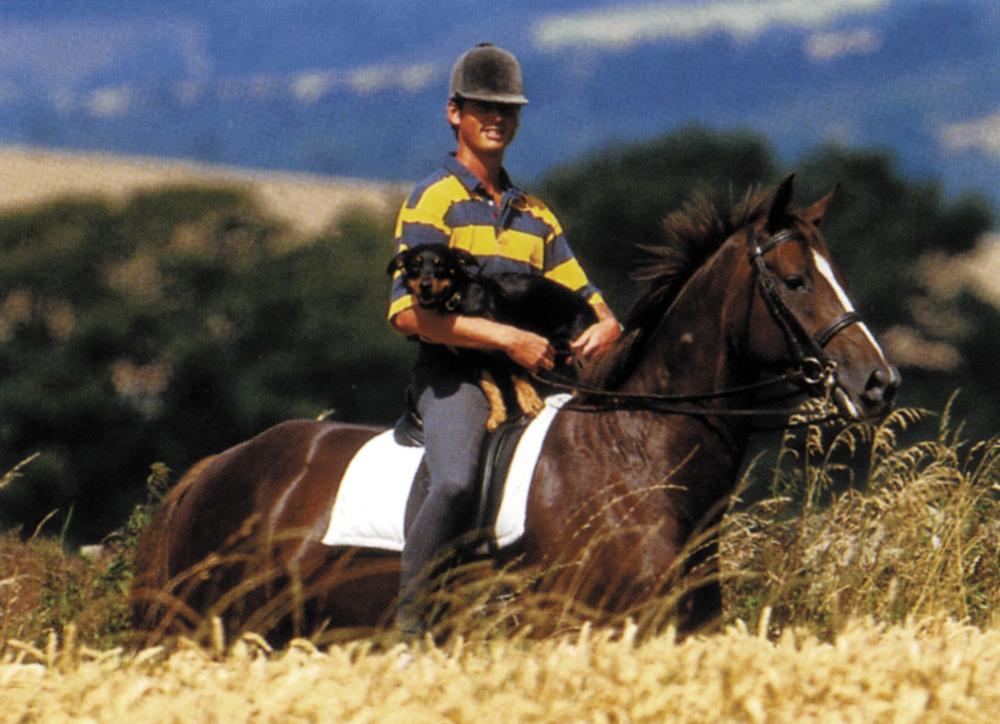CarlHester
B orn on the tiny, car-less Channel Island of Sark, Carls early exploits driving tourist carriages and riding bareback are well documented. Heading to the mainland aged 16 to study for his BHSAI, it wasnt long before the naturally competitive Carl began notching up wins in dressage and junior eventing.
The National Young Rider Dressage Championship in 1985, on a skewbald mare named Jolly Dolly, was his first national title. It didnt immediately open doors and after a what am I doing sojourn back on Sark, Carl answered an ad for a live-in person to help with young event and dressage horses.
The following years with Jannie and Christopher Taylor in the Cotswolds were to prove the foundation for his philosophy of training horses.
A big break, employment as rider to Dr and Mrs Bechtolsheimers stable, led to Carls team debut at the 1990 World Games in Stockholm on Rubelit von Unkenruf. Then, he was the youngest rider to make a British dressage team. Two years later he was Britains highest placed dressage rider, 16th, at the Barcelona Olympics on Giorgione.
Carl spread his wings and set up his own training base at Kate Carters Cotswold yard in 1993. Since then, his tally of national championships has risen to a total of 17. Carl returned to the British team in 1997 for the European championships on Legal Democrat, with whom he has won two of his three national grand prix titles. Carl met the horse and his owner Marcia Kelsey, when they came for lessons as winners of H ORSE &R IDER magazines Search for a Star.
BernadetteFaurie
B ernie started riding at the age of eight with fortnightly lessons snatched in the school lunch hour, aided and abetted by her mother, who gave in after Bernie had worn out successive pairs of ballet shoes cantering round the garden.
The horse-mad kids time-honoured route to riding, working in return for training, produced lots of opportunities for Bernie as Marjorie Ramsey had the knack of spotting future show and jumping ponies from under woolly coverings, During several London-based years working in advertising, horses took a back seat, but when the lure proved too strong, Bernie became a horse owner for the first time.
Massey, as a learning curve, was 10 horses rolled into one. Show jumping, eventing and later dressage, she did it all, sometimes brilliantly, sometimes exasperatingly. Through Massey, Bernie moved to the Cotswolds, meeting Carl when he evented for the Taylors, and another important friend, Miranda Morley, whose suggestion that Bernie wrote a report on her show was the catalyst for a major change. Three months later, writing, formerly a minor part of the programme, was a full-time job.
Bernadette Faurie is a chief correspondent for HorseInternational and contributes to several major equestrian titles. including, of course, H ORSE &R IDER magazine. In 1996, she was voted Dressage Journalist of the Year by the International Trainers Club. She has also written on a variety of subjects from fashion to football and is the Editor of a transnational security and crime journal.
F or some its a passion, but for others its a series of complex mysteries, inaccessible to the uninitiated, or at least something to get over with as soon as possible.
Dressage is an art, its a sport, but the bottom line is, its training. Even the word dressage is derived from the French verb dresser meaning, for animals, to train.
Forget the misconception that dressage is all about movements, even tricks. Call it flat work, call it dressage, it is essential training for a horse to be successful in any sphere.
Everyone who rides has some contact with dressage as a basic training strategy for horse and rider that not only makes riding more pleasurable, but also safer. To be able to stop to let a car past on a hack requires basic training.
The show jumper who wins against the clock does it because his horse is quicker off the riders aids, more supple to make tighter turns and can lengthen or shorten his stride more easily to cope with different distances.
The event horse that can take on bounces at an angle or the narrowest arrowhead with complete accuracy can do so because he is trained to be gymnastic, and listen to his rider.
Then of course there is the dressage horse. Dressage at its best looks beautiful, harmonious and artistic. Watch the top combinations in the freestyle at World, European and Olympic Championships.
To make the grade at that level doesnt just require a talented rider, dedication and concentration, you need an exceptionally talented horse and many very good riders meet only one star In their lifetime.
Whereas not everyone who goes jogging thinks they have to make the next Olympics, a lot of people are too hard on themselves or their horses when it comes to dressage. Not everybody is going to make the Olympics, or even grand prix, and even if you have a horse with brilliant paces, its a long road not everyone can reach the end of, and it takes talent, training, patience and often a large portion of luck as well.
If your horse doesnt have the most brilliant movement, or gets a bit fizzy perhaps, thats no reason to stop you making the best out of what youve got, and why stop at novice? Throughout this book, we are talking about training and movements that any horse can do with the right groundwork.
OK, you might think, Carls been to the Olympics (and hopefully will again) and has a stable of talented horses to train. True, but there has been a lot of hard work and ups and downs along the way and, in horse terms, many sows ears until the potential silk purses started to arrive. Then, as youll see throughout the book, even purpose-built horses arent perfect, and they are never machines.
Thats why we are saying you and your horse can do dressage, whether you want to compete happily at riding club competitions and feel safer on hacks, or jump faster clear rounds, go advanced eventing, or get as far as you can in dressage.
This book aims to set out the basic components you need to make a horse more pleasing to ride and more athletic in his body, which in turn will keep him healthier as more capable of maximising his potential. We also aim to make it enjoyable for every rider to make the most of his or her own potential.

